Advancing Risk Assessment of Intermediate Risk Prostate Cancer Patients
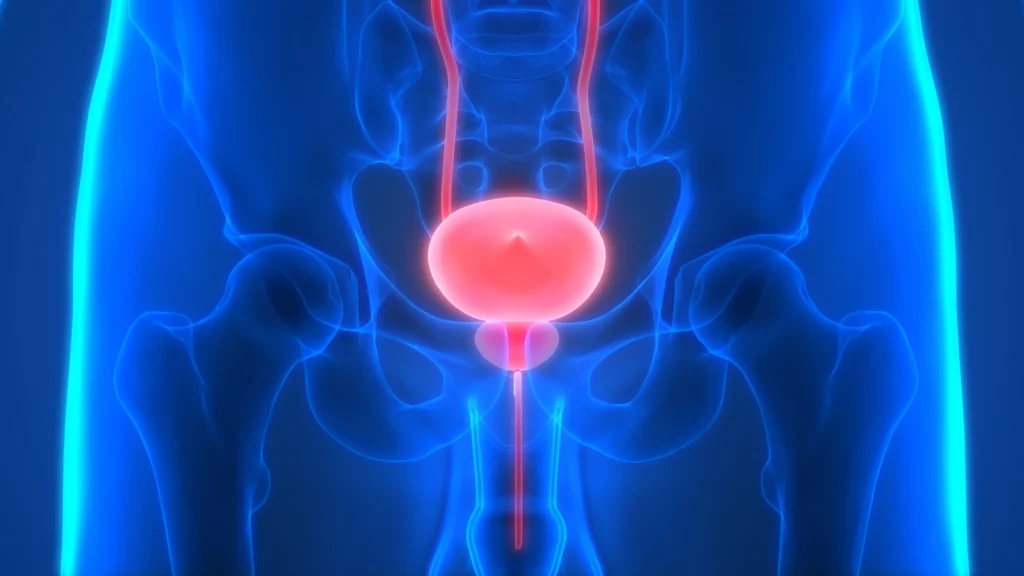
The individual risk to progression is unclear for intermediate risk prostate cancer patients. To assess their risk to progression, we examined the level of genomic instability in circulating tumor cells (CTCs) using quantitative three-dimensional (3D) telomere analysis. Data of CTCs from 65 treatment-naïve patients with biopsy-confirmed D’Amico-defined intermediate risk prostate cancer were compared to radical prostatectomy pathology results, which provided a clinical endpoint to the study and confirmed pre-operative pathology or demonstrated upgrading. Hierarchical centroid cluster analysis of 3D pre-operative CTC telomere profiling placed the patients into three subgroups with different potential risk of aggressive disease. Logistic regression modeling of the risk of progression estimated odds ratios with 95% confidence interval (CI) and separated patients into “stable” vs. “risk of aggressive” disease. The receiver operating characteristic (ROC) curve showed an area under the curve (AUC) of 0.77, while prostate specific antigen (PSA) (AUC of 0.59) and Gleason 3 + 4 = 7 vs. 4 + 3 = 7 (p > 0.6) were unable to predict progressive or stable disease. The data suggest that quantitative 3D telomere profiling of CTCs may be a potential tool for assessing a patient’s prostate cancer pre-treatment risk.
Strategies for Isolating and Propagating Circulating Tumor Cells in Men with Metastatic Prostate Cancer

Selecting a well-suited method for isolating/characterizing circulating tumor cells (CTCs) is challenging. Evaluating sensitive and specific markers for prostate cancer (PCa)-specific CTC identification and analysis is crucial. We used the CellCollector EpCAM-functionalized system (CC-EpCAM) and evaluated and developed a PCa-functionalized version (CC-PCa); we then compared CTC isolation techniques that exploit the physical and biological properties of CTCs. We established two cohorts of metastatic PCa patients (mPCa; 15 in cohort 1 and 10 in cohort 2). CTC cultivation experiments were conducted with two capturing methods (Ficoll and ScreenCell). The most sensitive detection rates and highest CTC counts were reached with the CC-PCa and ScreenCell system. Patients with ≥5 CTCs isolated with CC-EpCAM had an overall survival (OS) of 0.93 years, and patients with ≥5 CTCs isolated with CC-PCa had an OS of 1.5 years in cohort 1. Nevertheless, we observed the highest sensitivity and specificity for 24-month survival by the Ficoll with CD45 depletion and ScreenCell system with May-Grunwald Giemsa (MGG) staining. The EpCAM molecule is an essential factor related to OS for CTC isolation based on biological properties in mPCa patients. The best-suited CTC capture system is not limited to one characteristic of cells but adapted to downstream analysis.
Strategies for Isolating and Propagating Circulating TumorCells in Men with Metastatic Prostate Cancer

Selecting a well-suited method for isolating/characterizing circulating tumor cells (CTCs)
is challenging. Evaluating sensitive and specific markers for prostate cancer (PCa)-specific CTC
identification and analysis is crucial. We used the CellCollector EpCAM-functionalized system (CCEpCAM) and evaluated and developed a PCa-functionalized version (CC-PCa); we then compared
CTC isolation techniques that exploit the physical and biological properties of CTCs. We established
two cohorts of metastatic PCa patients (mPCa; 15 in cohort 1 and 10 in cohort 2). CTC cultivation
experiments were conducted with two capturing methods (Ficoll and ScreenCell). The most sensitive
detection rates and highest CTC counts were reached with the CC-PCa and ScreenCell system.
Patients with ≥5 CTCs isolated with CC-EpCAM had an overall survival (OS) of 0.93 years, and
patients with ≥5 CTCs isolated with CC-PCa had an OS of 1.5 years in cohort 1. Nevertheless,
we observed the highest sensitivity and specificity for 24-month survival by the Ficoll with CD45
depletion and ScreenCell system with May-Grunwald Giemsa (MGG) staining. The EpCAM molecule
is an essential factor related to OS for CTC isolation based on biological properties in mPCa patients.
The best-suited CTC capture system is not limited to one characteristic of cells but adapted to
downstream analysis.
Circulating Tumour Cell Numbers Correlate with Platelet Count and Circulating Lymphocyte Subsets in Men with Advanced Prostate Cancer: Data from the ExPeCT Clinical Trial (CTRIAL-IE 15-21)
Interactions between circulating tumour cells (CTCs) and platelets are thought to inhibit natural killer(NK)-cell-induced lysis. We attempted to correlate CTC numbers in men with advanced prostate cancer with platelet counts and circulating lymphocyte numbers. Sixty-one ExPeCT trial participants, divided into overweight/obese and normal weight groups on the basis of a BMI ≥ 25 or <25, were randomized to participate or not in a six-month exercise programme. Blood samples at randomization, and at three and six months, were subjected to ScreenCell filtration, circulating platelet counts were obtained, and flow cytometry was performed on a subset of samples (n = 29). CTC count positively correlated with absolute total lymphocyte count (r2 = 0.1709, p = 0.0258) and NK-cell count (r2 = 0.49, p < 0.0001). There was also a positive correlation between platelet count and CTC count (r2 = 0.094, p = 0.0001). Correlation was also demonstrated within the overweight/obese group (n = 123, p < 0.0001), the non-exercise group (n = 79, p = 0.001) and blood draw samples lacking platelet cloaking (n = 128, p < 0.0001). By flow cytometry, blood samples from the exercise group (n = 15) had a higher proportion of CD3+ T-lymphocytes (p = 0.0003) and lower proportions of B-lymphocytes (p = 0.0264) and NK-cells (p = 0.015) than the non-exercise group (n = 14). These findings suggest that CTCs engage in complex interactions with the coagulation cascade and innate immune system during intravascular transit, and they present an attractive target for directed therapy at a vulnerable stage in metastasis.
Validation of Cell-Free RNA and Circulating Tumor Cells for Molecular Marker Analysis in Metastatic Prostate Cancer

Since tissue material is often lacking in metastatic prostate cancer (mPCa), there is increasing interest in using liquid biopsies for treatment decision and monitoring therapy responses. The purpose of this study was to validate the usefulness of circulating tumor cells (CTCs) and plasma-derived cell-free (cf) RNA as starting material for gene expression analysis through qPCR. CTCs were identified upon prostate-specific membrane antigen and/or cytokeratin positivity after enrichment with ScreenCell (Westford, Massachusetts, USA) filters or the microfluidic ParsortixTM (Guildford, Surrey, United Kingdom) system. Overall, 50% (28/56) of the patients had ≥5 CTCs/7.5 mL of blood. However, CTC count did not correlate with Gleason score, serum PSA, or gene expression. Notably, we observed high expression of CD45 in CTC samples after enrichment, which could be successfully eliminated through picking of single cells. Gene expression in picked CTCs was, however, rather low. In cfRNA from plasma, on the other hand, gene expression levels were higher compared to those found in CTCs. Moreover, we found that PSA was significantly increased in plasma-derived cfRNA of mPCa patients compared to healthy controls. High PSA expression was also associated with poor overall survival, indicating that using cfRNA from plasma could be used as a valuable tool for molecular expression analysis.
Development and Validation of Circulating Tumor CellEnumeration (Epic Sciences) as a Prognostic Biomarker in Menwith Metastatic Castration Resistant Prostate Cancer
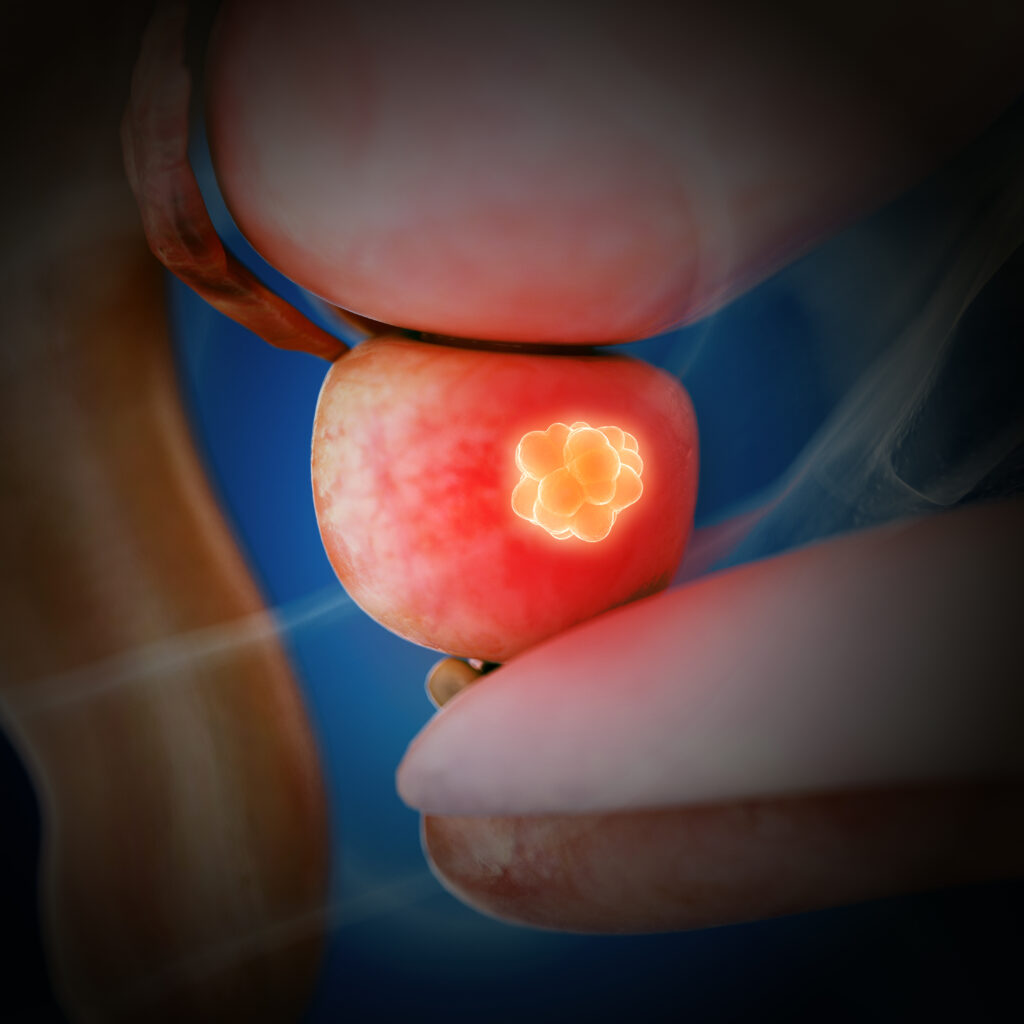
Purpose: To evaluate the prognostic significance of circulating tumour cell (CTC) number determined on the Epic Sciences platform in men with metastatic castration-resistant prostate cancer (mCRPC) treated with an androgen receptor signalling inhibitor (ARSI).
Patients and methods: A pre-treatment blood sample was collected from men with progressing mCRPC starting either abiraterone or enzalutamide as a first-, second- or third-line systemic therapy at Memorial Sloan Kettering Cancer Center (Discovery cohort, N = 171) or as a first- or second-line therapy as part of the multicenter PROPHECY trial (NCT02269982) (Validation cohort, N = 107). The measured CTC number was then associated with overall survival (OS) in the Discovery cohort, and progression-free survival (PFS) and OS in the Validation cohort. CTC enumeration was also performed on a concurrently obtained blood sample using the CellSearch® Circulating Tumor Cell Kit.
Results: In the MSKCC Discovery cohort, CTC count was a statistically significant prognostic factor of OS as a dichotomous (<3 CTCs/mL versus ≥ 3 CTCs/mL; hazard ratio [HR] = 1.8 [95% confidence interval {CI} 1.3-3.0]) and a continuous variable when adjusting for line of therapy, presence of visceral metastases, prostate-specific antigen, lactate dehydrogenase and alkaline phosphatase. The findings were validated in an independent datas et from PROPHECY (HR [95% CI] = 1.8 [1.1-3.0] for OS and 1.7 [1.1-2.9] for PFS). A strong correlation was also observed between CTC counts determined in matched samples on the CellSearch® and Epic platforms (r = 0.84). Conclusion: The findings validate the prognostic significance of pretreatment CTC number determined on the Epic Sciences platform for predicting OS in men with progressing mCRPC starting an ARSI.
Immunomodulatory Activity of a Colony-stimulating Factor-1 Receptor Inhibitor in Patients with Advanced Refractory Breast or Prostate Cancer: A Phase I Study
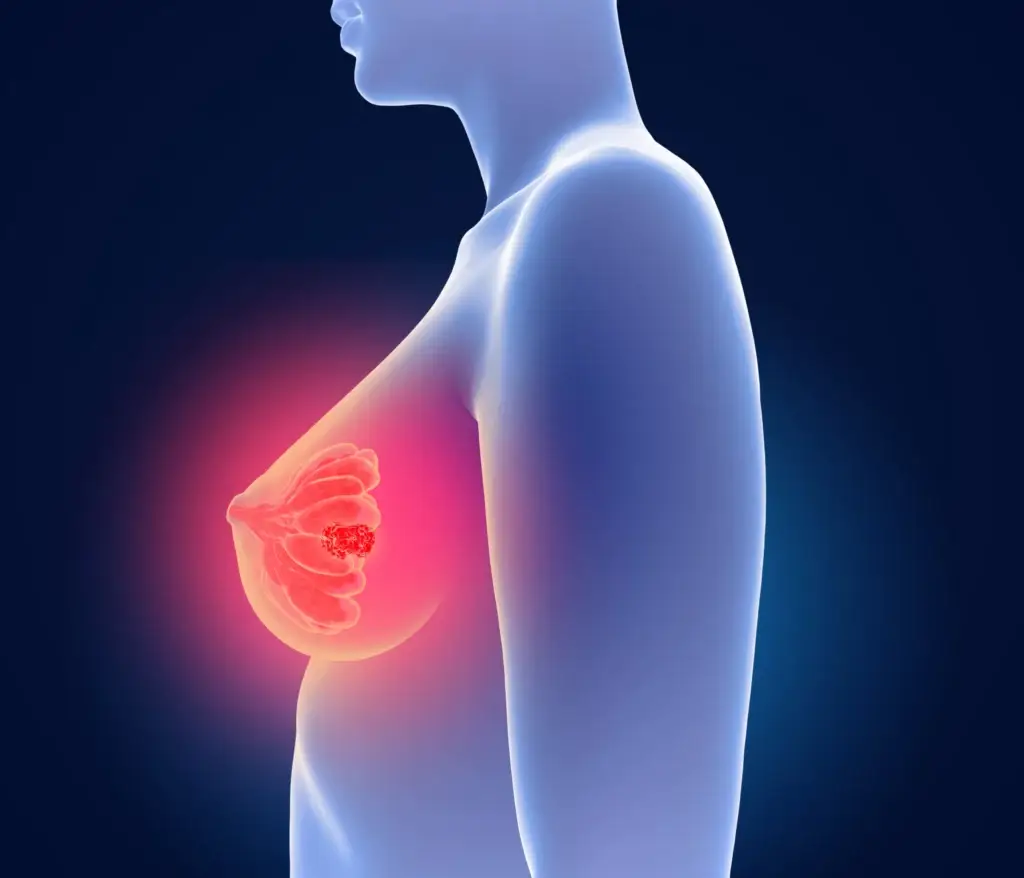
Purpose: Tumor-associated macrophages correlate with increased invasiveness, growth, and immunosuppression. Activation of the colony-stimulating factor-1 receptor (CSF-1R) results in proliferation, differentiation, and migration of monocytes/macrophages. This phase I study evaluated the immunologic and clinical activity, and safety profile of CSF-1R inhibition with the mAb LY3022855.
Patients and methods: Patients with advanced refractory metastatic breast cancer (MBC) or metastatic castration-resistant prostate cancer (mCRPC) were treated with LY3022855 intravenously in 6-week cycles in cohorts: (A) 1.25 mg/kg every 2 weeks (Q2W); (B) 1.0 mg/kg on weeks 1, 2, 4, and 5; (C) 100 mg once weekly; (D)100 mg Q2W. mCRPC patients were enrolled in cohorts A and B; patients with MBC were enrolled in all cohorts. Efficacy was assessed by RECIST and Prostate Cancer Clinical Trials Working Group 2 criteria.
Results: Thirty-four patients (22 MBC; 12 mCRPC) received ≥1 dose of LY3022855. At day 8, circulating CSF-1 levels increased and proinflammatory monocytes CD14DIMCD16BRIGHT decreased. Best RECIST response was stable disease in five patients with MBC (23%; duration, 82-302 days) and three patients with mCRPC (25%; duration, 50-124 days). Two patients with MBC (cohort A) had durable stable disease >9 months and a third patient with MBC had palpable reduction in a nontarget neck mass. Immune-related gene activation in tumor biopsies posttreatment was observed. Common any grade treatment-related adverse events were fatigue, decreased appetite, nausea, asymptomatic increased lipase, and creatine phosphokinase.
Conclusions: LY3022855 was well tolerated and showed evidence of immune modulation. Clinically meaningful stable disease >9 months was observed in two patients with MBC.
Prospective Multicenter Study of Circulating Tumor Cell AR-V7 and Taxane Versus Hormonal Treatment Outcomes in Metastatic Castration-Resistant Prostate Cancer

Purpose: Androgen receptor splice variant 7 (AR-V7) detection in circulating tumor cells (CTCs) is associated with a low probability of response and short progression-free (PFS) and overall survival (OS) in men with metastatic castration-resistant prostate cancer (mCRPC) treated with enzalutamide or abiraterone. However, it is unclear whether such men benefit from taxane chemotherapy.
Patients and methods: PROPHECY is a multicenter prospective blinded study of patients with poor-risk mCRPC starting abiraterone or enzalutamide and observed through subsequent progression and taxane chemotherapy. We assessed AR-V7 status using the Johns Hopkins modified AdnaTest CTC AR-V7 messenger RNA assay and the Epic Sciences CTC nuclear-localized AR-V7 protein assay before treatment. The primary objective was to validate the independent prognostic value of CTC AR-V7 status based on radiographic/clinical PFS. OS, confirmed prostate-specific antigen (PSA), and objective radiologic responses were secondary end points.
Results: We enrolled 118 men with mCRPC treated with abiraterone or enzalutamide, 51 of whom received subsequent docetaxel or cabazitaxel. Pretreatment CTC AR-V7 status by the Johns Hopkins and Epic Sciences assays was independently associated with worse PFS (hazard ratio [HR], 1.7; 95% CI, 1.0 to 2.9 and HR, 2.1; 95% CI, 1.0 to 4.4, respectively) and OS (HR, 3.3; 95% CI, 1.7 to 6.3 and HR, 3.0; 95% CI, 1.4 to 6.3, respectively) and a low probability of confirmed PSA responses, ranging from 0% to 11%, during treatment with abiraterone or enzalutamide. At progression, subsequent CTC AR-V7 detection was not associated with an inferior PSA or radiographic response or worse PFS or OS with subsequent taxane chemotherapy after adjusting for CellSearch CTC enumeration and clinical prognostic factors.
Conclusion: Detection of AR-V7 in CTCs by two different blood-based assays is independently associated with shorter PFS and OS with abiraterone or enzalutamide, but such men with AR-V7-positive disease still experience clinical benefits from taxane chemotherapy.
Genomic Analysis of Localized High-Risk Prostate Cancer Circulating Tumor Cells at the Single-Cell Level
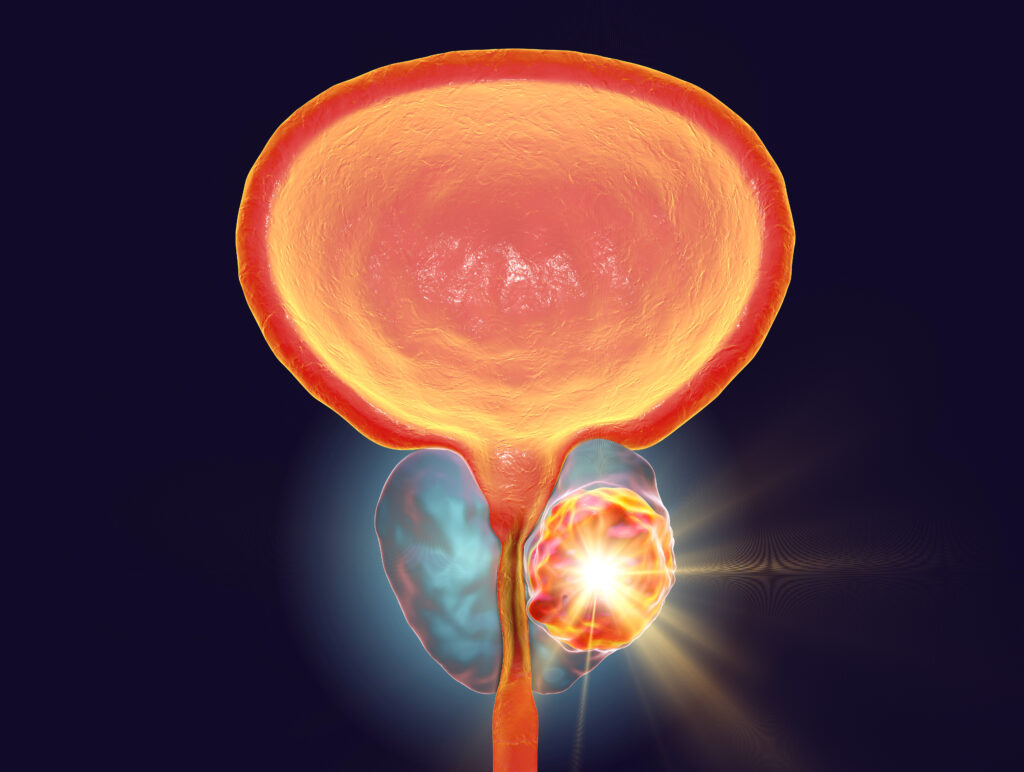
Accurate risk classification of men with localized high-risk prostate cancer directly affects treatment management decisions and patient outcomes. A wide range of risk assessments and classifications are available. However, each one has significant limitations to distinguish between indolent and aggressive prostate cancers. Circulating tumor cells (CTCs) may provide an alternate additional source, beyond tissue biopsies, to enable individual patient-specific clinical assessment, simply because CTCs can reveal both tumor-derived and germline-specific genetic information more precisely than that gained from a single diagnostic biopsy. In this study, we combined a filtration-based CTC isolation technology with prostate cancer CTC immunophenotyping to identify prostate cancer CTCs. Next, we performed 3-D telomere profiling prior to laser microdissection and single-cell whole-exome sequencing (WES) of 21 CTCs and 4 lymphocytes derived from 10 localized high-risk prostate cancer patient samples. Localized high-risk prostate cancer patient CTCs present a high number of telomere signals with lower signal intensities (short telomeres). To capture the genetic diversity/heterogeneity of high-risk prostate cancer CTCs, we carried out whole-exome sequencing. We identified 202,241 single nucleotide variants (SNVs) and 137,407 insertion-deletions (indels), where less than 10% of these genetic variations were within coding regions. The genetic variation (SNVs + indels) and copy number alteration (CNAs) profiles were highly heterogeneous and intra-patient CTC variation was observed. The pathway enrichment analysis showed the presence of genetic variation in nine telomere maintenance pathways (patients 3, 5, 6, and 7), including an important gene for telomere maintenance called telomeric repeat-binding factor 2 (TRF2). Using the PharmGKB database, we identified nine genetic variations associated with response to docetaxel. A total of 48 SNVs can affect drug response for 24 known cancer drugs. Gene Set Enrichment Analysis (GSEA) (patients 1, 3, 6, and 8) identified the presence of CNAs in 11 different pathways, including the DNA damage repair (DDR) pathway. In conclusion, single-cell approaches (WES and 3-D telomere profiling) showed to be useful in unmasking CTC heterogeneity. DDR pathway mutations have been well-established as a target pathway for cancer therapy. However, the frequent CNA amplifications found in localized high-risk patients may play critical roles in the therapeutic resistance in prostate cancer.
Platinum-Based Chemotherapy in Metastatic Prostate Cancer With DNA Repair Gene Alterations
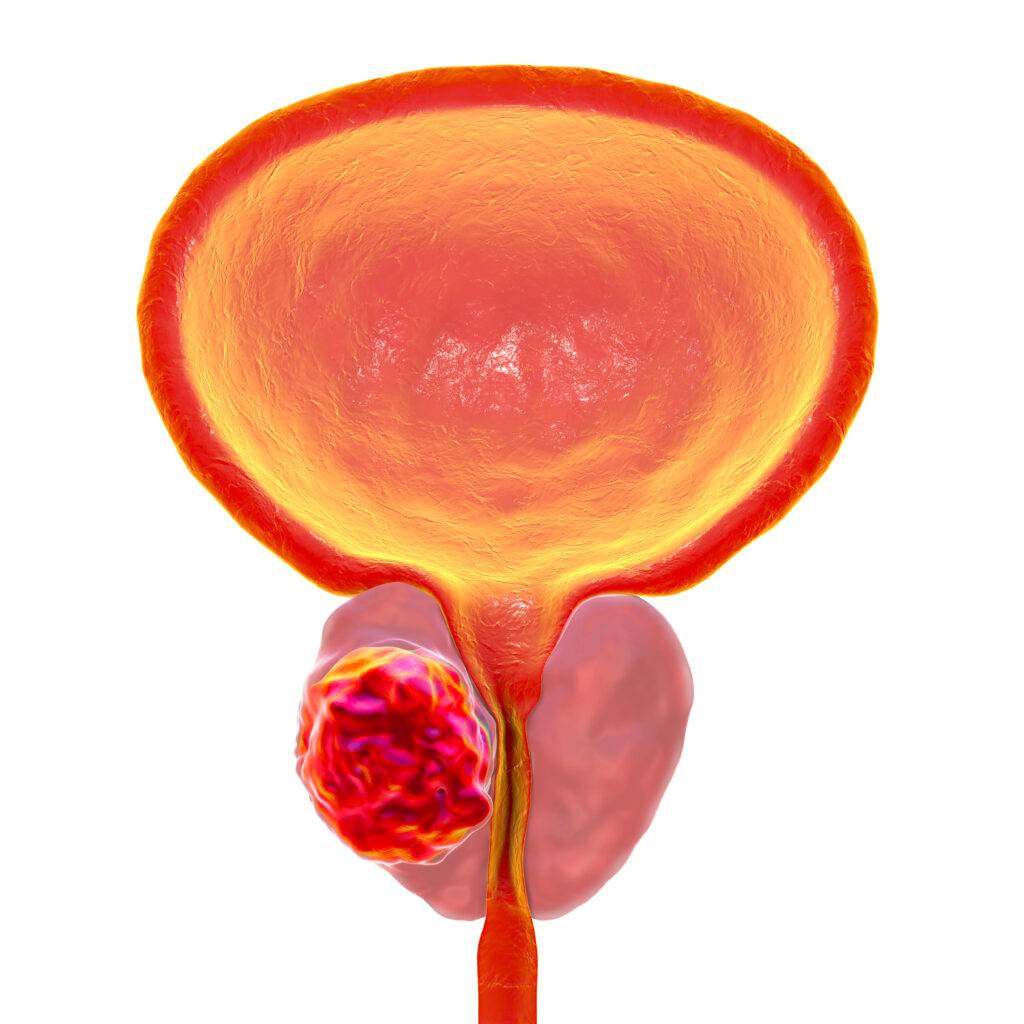
Purpose: Alterations in DNA damage repair (DDR) genes occur in up to 25% of patients with metastatic castration-resistant prostate cancer (mCRPC) and may sensitize to platinum chemotherapy. We aimed to evaluate the efficacy of platinum-based chemotherapy in DDR-mutant (DDRmut) mCRPC.
Methods: We assessed response to platinum chemotherapy based on DDR gene alteration status in men with mCRPC who underwent tumor and germline genomic profiling. Patients with deleterious alterations in a gene panel that included BRCA2, BRCA1, ATM, PALB2, FANCA, and CDK12 were considered DDRmut.
Results: A total of 109 patients with mCRPC received platinum-based chemotherapy between October 2013 and July 2018. Sixty-four of 109 patients were taxane refractory and poly (ADP-ribose) polymerase inhibitor (PARPi) naïve. Within this subset, DDRmut was found in 16/64 patients (25%) and was associated with an increased likelihood of achieving a prostate-specific antigen (PSA) decline of 50% or more from baseline (PSA50; odds ratio, 7.0; 95% CI, 1.9 to 29.2). Time on platinum chemotherapy tended to be longer in the DDRmut group (median, 3.0 v 1.6 months; hazard ratio, 0.55, 95% CI, 0.29 to 1.24). No difference in survival was detected. Of 8 patients with DDRmut disease who received platinum-based therapy after a PARPi, 3/7 evaluable patients had radiographic partial response or stable disease, and 2/7 had a PSA50 response. None of 4 patients with ATM mutations had platinum responses regardless of prior PARPi exposure.
Conclusion: Patients with DDRmut disease had better response to platinum-based chemotherapy, suggesting that DDR status warrants prospective validation as a potential biomarker for patient selection. Responses to platinum chemotherapy were observed in BRCA-altered prostate cancer after PARPi progression. Additional studies are needed to determine the predictive role of individual genes on platinum sensitivity in the context of other clinical and genomic factors.